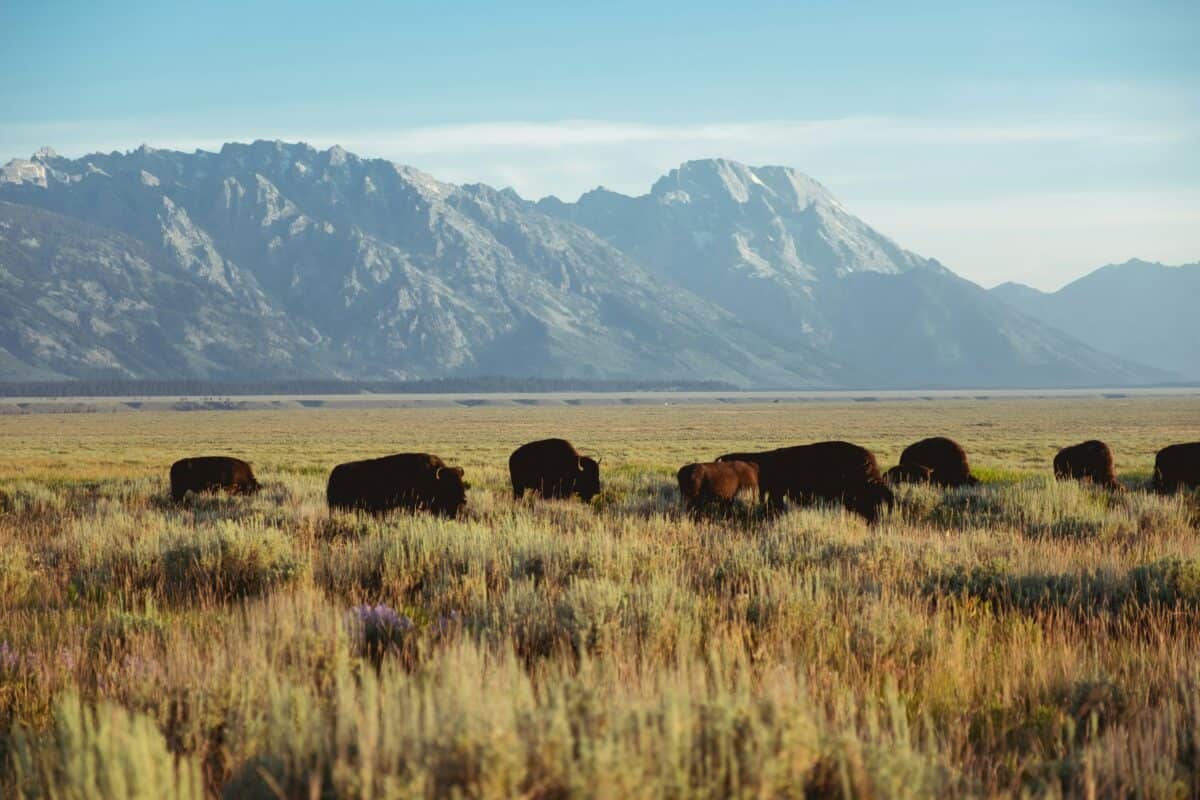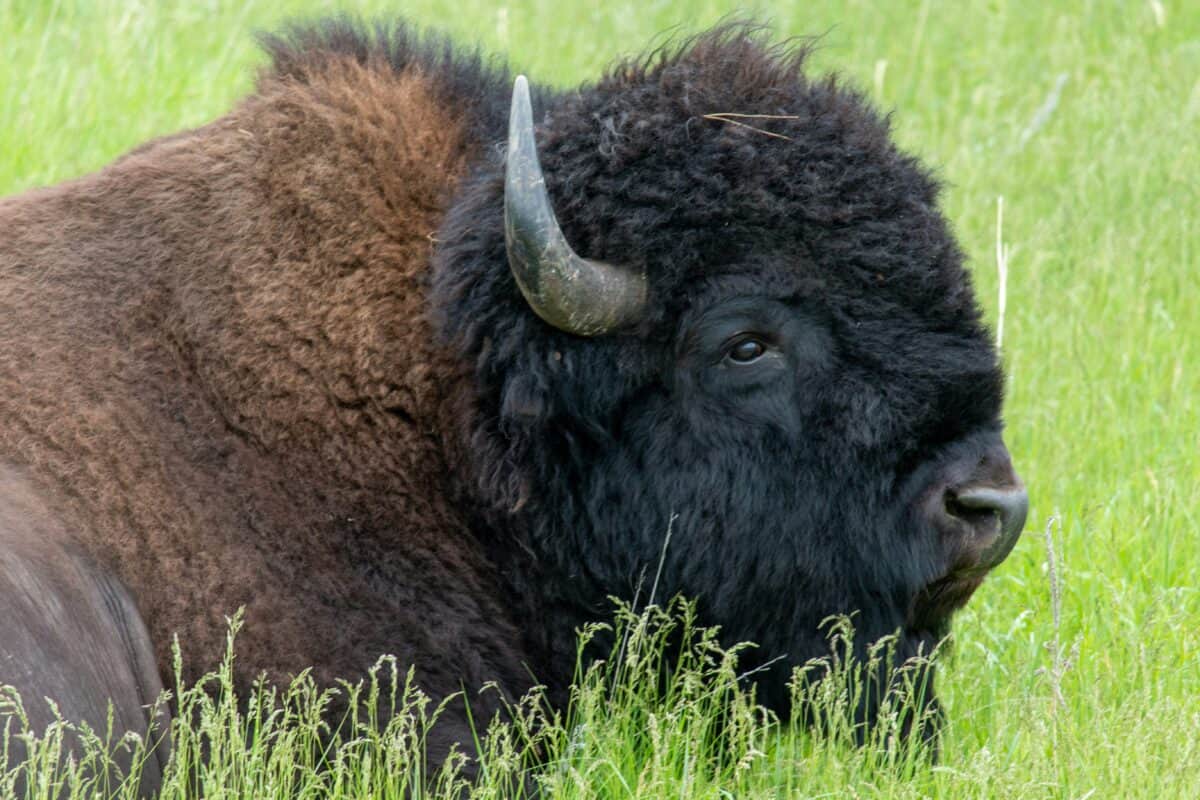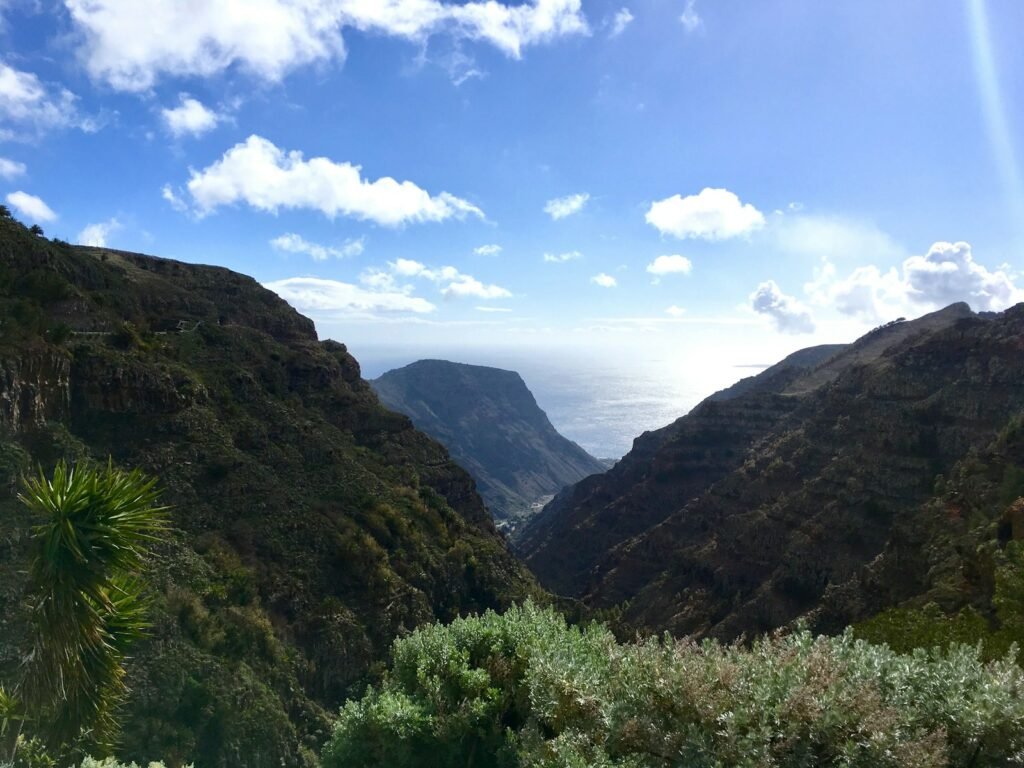When I think of the history of bison, I am reminded of the threats of overhunting and habitat degradation that pushed them to extinction. Yet, the mention of bison on Catalina Island presents a striking contrast to their usual narrative. On this Island, bison are considered invasive.
The Arrival

In 1924, a Western movie brought a small bison herd to Cataline Island. After the shooting concluded, the bison were left on the Island. They decided against transporting them back to the mainland. The bison were left to roam the island.
Population Growth and Challenges

The film crew brought 14 bison to the island in 1924. By the 1980s, the population had grown to as many as 600! This drove concerns for the island’s natural resources. Bison began impacting the local flora and fauna of Catalina. Overgrazing and trampling by the bison led to soil erosion and a loss of native plant species, which affected other native wildlife species and the overall ecological balance of the island.
Conservation Efforts

In 1972, the Catalina Island Conservancy began managing the bison population. Furthermore, in 2009, they started a birth control program aimed at maintaining the population without necessitating culling. They successfully stabilized the population.
Birth Control of Bison

The contraceptive porcine zona pellucide (PZP) was injected into female bison. This contraceptive has previously been used in fertility control in zoos, wild horses, and whitetail deer. The population was maintained at around 150 animals, which was considered sustainable for the island.
Ecological Impact and Management

The conservancy hopes to maintain the bison’s health and conserve Catalina Island’s ecological integrity. They have implemented other strategies to ensure this, including monitoring water sources, feeding strategies during drought conditions to protect native plants, and ongoing research into the interaction between bison and other species on the island.
Educational and Tourist Attraction

The unique history of bison on Catalina Island seems to have drawn many tourists each year. There are even guided tours that educate people about bison and their impact on the island.
Looking Forward

Humans’ impacts on the natural environment are complex. Conservations on the island need to consider the bison and the native flora and fauna of the island. A delicate balance needs to be managed carefully to allow both the bison and native species to thrive.
Conclusion

Through careful management and continued public education, the herd coexists in harmony with the native species. However, this story reminds us that our actions have consequences, and we must be careful before introducing a species into a new area.

Jen is a passionate nature lover and ocean conservationist. She has dedicated her life to protecting the environment and preserving the beauty of the natural world. Growing up in a small coastal town, Jen sincerely appreciated the ocean and its inhabitants. She has spent countless hours exploring the shoreline, learning about the creatures that inhabit the waters, and advocating for their protection. Jen is an active member of ocean conservation organizations, and she is committed to educating the public about the importance of conserving wildlife and the natural environment.



